Blood Pressure
Blood pressure is the pressure carried on by circulating blood upon the walls of blood vessels. It is measured using a stethoscope, and a sphygmomanometer and is given in two records - systolic and diastolic pressure. Systolic pressure is the pressure of blood against the artery walls, while diastolic pressure is the pressure when the heart is resting between beats. Blood pressure readings in children, lower than 116-104 for systolic and 63-74 for diastolic, are in the realm of hypotension or low blood pressure.
In kids, height has a significant effect on blood pressure. Taller children tend to have higher blood pressure, so the normal blood pressure varies depending on a child’s age, gender, and constitution.
Until recently, low blood pressure was considered a problem only for the elderly population. However, The American Heart Association and the American Academy of Pediatrics suggest that kids have their blood pressure checked frequently, beginning at three years.

Types of Hypotension
Hypotension can be divided into three main categories: Orthostatic, also known as a head rush, occurs when changing from a sitting or prone position to standing. This type of hypotension usually increases with age.
Neurally mediated hypotension (NMH) points out a change in blood pressure while standing. This is especially common when standing for a long period.
Severe hypotension or shock naturally results from a sudden and excessive loss of blood after an accident or injury.
Causes of Low Blood Pressure
Low blood pressure takes place when blood pressure, during or after a heart beat, becomes lower than usual. Symptoms may sometimes fall behind, and often it does not require any treatment. However, fluctuations in blood pressure affect the brain, heart, and other vital organs in the process of receiving the blood supply needed for proper functioning.
Orthostatic hypotension is caused by sudden changes in posture, and it is quite rare in children. Neurally mediated hypotension, however, affects youngsters if they have been standing for a long time. Dehydration, illness, and certain medications may also cause low blood pressure.
Symptoms of Low Blood Pressure
Symptoms like dizziness, fainting, blurry vision, and light-headedness may point to hypotension. Symptoms usually disappear quickly, but it is of vital importance to respond appropriately and avoid injuries. The patient should lie down immediately and rise the feet above the heart level.
- The American Academy of Pediatrics has endorsed NHLBI guidelines that recommend all children over 3 years of age have BP measured at least annually for early recognition of BP abnormalities such as hypertension or syncope, although studies have shown this screening is rarely done in children.
- Since height accounts for substantially more BP variability than age and is a more direct measure of body size and maturation in children, height-specific BP percentile curves were drawn separately for males and females. We used the 2004 Fourth Report data source and equations to calculate the BP threshold value for each gender and 5 cm height group. By slightly underestimating a child’s BP percentile for high BP and slightly overestimating a child’s BP percentile for low BP, these charts guarantee 100 % sensitivity in detecting abnormal BP. Sensitivity and specificity of the chart cut-offs were confirmed in a sample of 1254 healthy children from a school-based blood pressure screening program.
- The 1st, 5th, 25th, 50th, 75th, 90th, 95th, and 99th BP percentile curves are depicted in the chart for each corresponding gender and height from 85 to 190 cm, mimicking the ubiquitous CDC “growth charts”. Shaded areas of the chart differentiate abnormal BP status categories: hypotension, normal BP, prehypertension, Stage 1 hypertension, and Stage 2 hypertension. Sensitivity was confirmed to be 100 % with specificity above 94 %.
Treatment and Prevention
Individuals prone to low blood pressure should try to avoid triggers and treat the underlying cause of low blood pressure. For example, if the medications cause fluctuations in blood pressure, patients should change the dosage. An extra salty diet may also help, together with drinking many fluids.
It is important to slowly change body position and avoid standing for long periods. Regular blood checks at different ages, starting from three years, are strongly advised.
- pediatricassociates.com/parenting-tips/what-is-the-normal-blood-pressure-for-a-child/
- www.momjunction.com/articles/low-blood-pressure-in-children_00330289/
- Photo courtesy of Wallpaper Flare: www.wallpaperflare.com/blood-pressure-cuff-with-mobile-device-in-office-setting-health-care-in-doctors-office-wallpaper-aafnt


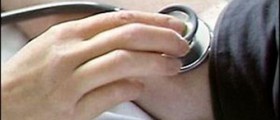


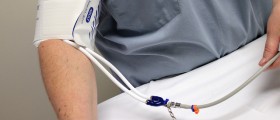
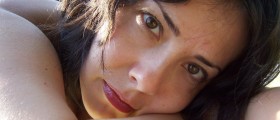
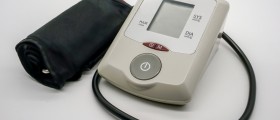


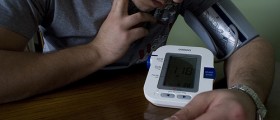



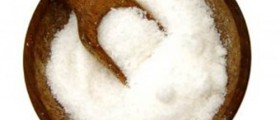


Your thoughts on this
Loading...